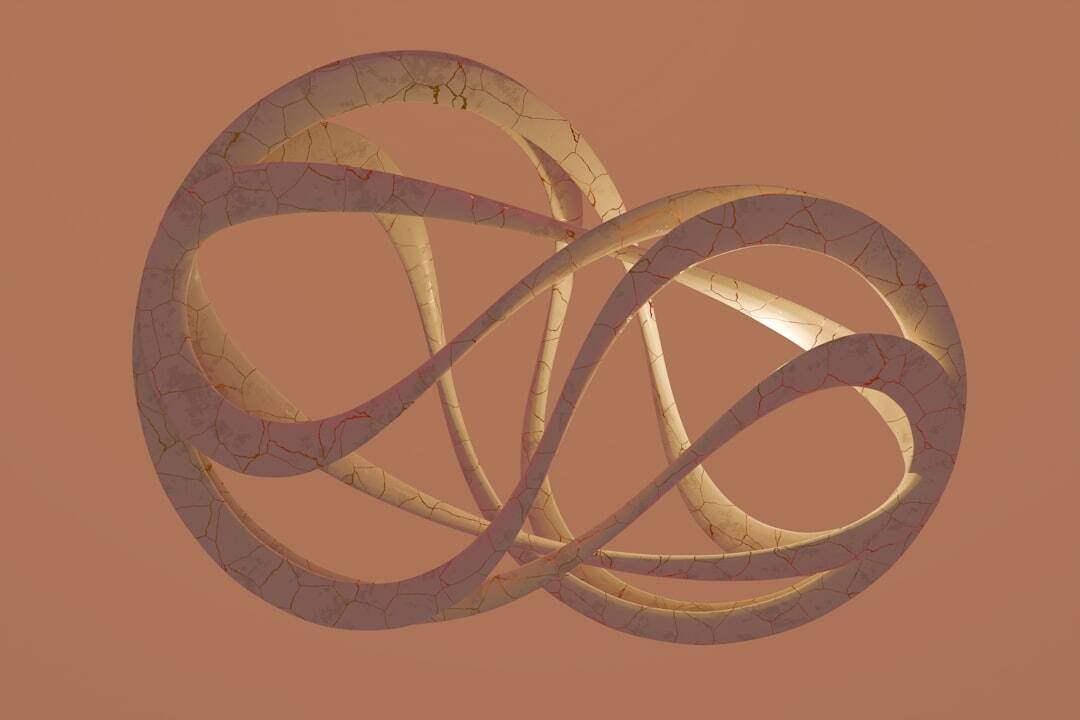Symmetry is a principle that has long been admired in design, art, and nature—and it plays a powerful role in logo design as well. Whether it’s the balanced elegance of a traditional crest or the mirrored fluidity of a modern icon, symmetry contributes significantly to a logo’s visual appeal, recognition, and psychological impact.
At its core, symmetry brings about a sense of *order*, *harmony*, and *stability*. These are qualities that businesses and institutions often strive to project through their branding. When a viewer encounters a symmetrical logo, the immediate visual impression is typically one of professionalism and trustworthiness.
The Psychology Behind Symmetrical Design
Humans are innately drawn to symmetry. Numerous psychological studies reveal that people find symmetrical faces more attractive and symmetrical designs more pleasing to the eye. This natural preference extends to branding, making symmetrical logos instantly more relatable and likable.
Symmetry aids in *cognitive processing*. A balanced design is easier for the brain to digest, remember, and recognize. For a logo—whose job is to become instantly recognizable and etched in the consumer’s memory—symmetry can be a strategic advantage.
Types of Symmetry in Logo Design
Logo designers use various types of symmetry to convey different meanings and aesthetics. Understanding these types helps in recognizing how brands intentionally use design structure to influence perception.
- Reflective Symmetry (Bilateral Symmetry): This is the most common type of symmetry where one side of the logo mirrors the other. LinkedIn and McDonald’s are examples of logos that demonstrate reflective balance. It suggests balance, stability, and equality.
- Rotational Symmetry: In this type, the logo looks the same after a certain degree of rotation. The Mercedes-Benz logo is a good representation. This symmetry implies motion, innovation, and dynamism.
- Translational Symmetry: This is less common but involves repeating elements across a space. While not popular for standalone logos, it is often used in supporting brand elements or patterns.
Advantages of Symmetry in Logo Design
A symmetrical logo design can contribute positively to brand perception in various ways:
- Visual Appeal: Symmetry naturally attracts the eye and is often perceived as aesthetically pleasing.
- Memorability: Due to its structured form, symmetrical designs are easier to remember and recognize.
- Versatility: Such logos are simpler to reproduce across a range of mediums, from digital to print.
- Trust and Reliability: Symmetry conveys professionalism, making the brand appear more credible.
Brands in finance, healthcare, and government often rely on symmetrical logos to project authority and dependability. Institutions like the U.S. Department of State and Bank of America use symmetry deliberately to communicate their responsibilities and inspire trust.
When Asymmetry May Be Preferred
It’s important to note that symmetry is not always the right choice. In some cases, *asymmetrical* logos are more effective in expressing creativity, movement, and uniqueness. For instance, logos for modern tech startups, fashion brands, or artistic endeavors often use asymmetry to stand out and break traditional norms.
Asymmetry can signify *edginess*, *innovation*, and *differentiation*. However, even in these cases, the underlying design still often relies on principles derived from symmetrical balance to prevent the appearance of chaos or thoughtlessness.
Balance: The Underlying Principle
Whether a logo is symmetrical or not, one principle remains constant—balance. A design doesn’t need to be perfectly mirrored to feel balanced. Skilled designers know how to use color, shape, negative space, and alignment to create visual harmony. As such, balance becomes the ultimate goal, with symmetry being just one highly effective route to achieve it.
Conclusion
In the world of logo design, symmetry is more than just a stylistic choice—it’s a strategic tool. It enhances visual appeal, drives memorability, and communicates reliability. Whether launching a new brand or refreshing an existing identity, understanding the principles and psychological effects of symmetry can greatly influence the logo’s success.
Ultimately, a well-designed logo—symmetrical or not—speaks to the brand’s values, goals, and audience. Symmetry might not be essential in every case, but when used wisely, it lays a solid foundation for compelling and trustworthy design.
- Top 8 Emerging DeFi Compliance & AML Tools Compliance Officers Use to Screen On-Chain Activity Without Full Enterprise Spend - December 13, 2025
- How to Get Facebook Messenger Working Again When It Keeps Closing on Launch — The Fix That Restored Chat Access - December 12, 2025
- Why TikTok Notifications Stop Working After App Update and the Reset That Reactivated Alerts for Creators - December 12, 2025
